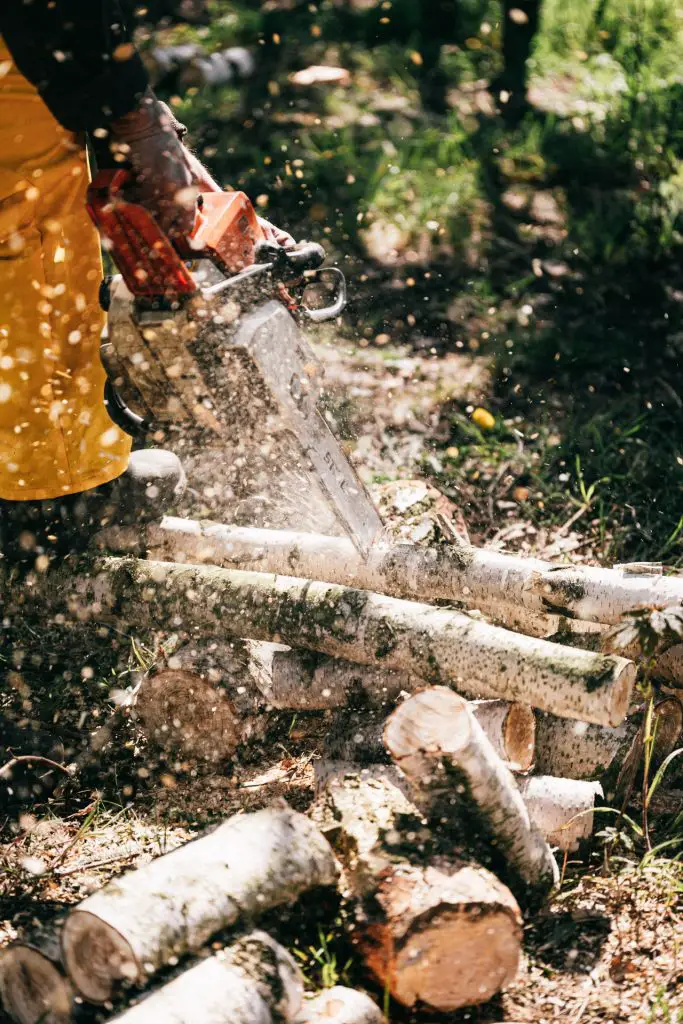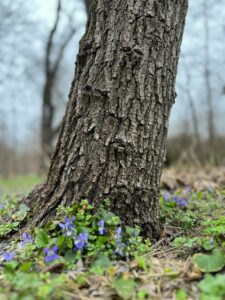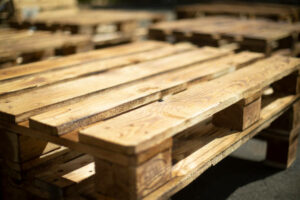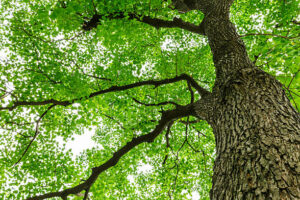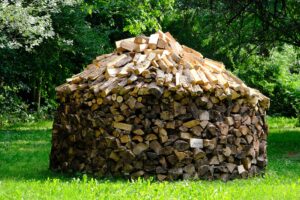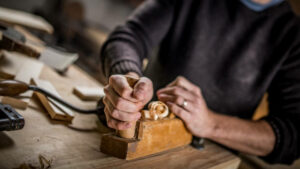Cutting down a tree is a serious business that requires specific tools to do it right. Good tools will make the job easier and reduce the risk of injury to you and damage to equipment. Here we introduce you to some commonly used cutting tools:
Axe
The long-handled single-bitted axe is still a very useful tool for felling trees. It has been used to chop down trees since ancient times. As with most tools, its power depends on the skill of the operator more than anything else, with a skilled person having a lot more power in their swings than a novice.
A single bitted axe with a longer handle makes the job easier and reduces fatigue on the user, giving better results when cutting large trees. It is still possible to cut down small trees using shorter handled axes however this will require greater swing speeds per minute and more effort from the user.
Axe Safety
Before using an axe to cut down a tree, make sure that where you are going to fell the tree is free from overhead powerlines. If it isn’t then call your power supplier for assistance before doing anything else. Ensure also that there is nothing under the tree that you may damage as it falls. A tree falling on a power line can destroy a house or other important structure.
Chainsaw
Of all the tools available, the chainsaw is probably one of the best multi-taskers around for use in forestry work. It can cut up fallen trees into firewood lengths, it can buck the logs into rounds and it is also a good tool for clearing undergrowth.
Chainsaws are powered by air-cooled two-stroke petrol engines that drive the chain around a guide bar. It is changing in engine speed (RPM) that causes the tip of the guide bar to move from side to side, cutting the wood.
Chainsaw Safety
Although a chainsaw is a great tool it can be quite dangerous if not used properly. When using a chainsaw always make sure your first priority is safety. Double-check that you have turned off the chainsaw before leaving it unattended, even for a short time.
Proper clothing must be worn when operating a chainsaw to ensure safety. This includes steel-capped boots, gloves, eye protection, and ear muffs or plugs (chainsaws are very loud).
It is also important to make sure the cutting area is clear of other people before starting up the chainsaw. Never work alone when using a chainsaw. When cutting up a tree into rounds, cut from the top down. The last cut should be as close to the ground as you can get without the chainsaw becoming unstable.
Don’t force a chainsaw through the wood by applying more pressure on the handle. If the wood is too hard to cut easily, stop and sharpen or replace the chainsaw. Always use a saw that is appropriate for the work at hand.
Crosscut Saw
A crosscut saw is generally easier to use and has a better cutting action than an axe for bucking logs into rounds (rounds are the upright sections of wood left over after felling a tree). Crosscut saws can be used with either one or two hands. A one-handed saw will require you to cut from both sides of the log. Two-handed saws can be used by standing on either side of the log and pulling the saw towards you to get a cut.
Stump Grinder
A stump grinder is a large construction machine that can be driven up to the felled tree and used to grind the trunk and remaining stump down so it can be dug out of the ground.
The work of grinding logs and stumps is hard on equipment so use extreme caution when using this tool.
Loppers
They look like a large pair of garden shears with long handles. Loppers are not designed to cut through logs but they can be used to shorten logs for firewood or to chop up smaller rounds into manageable pieces.
Wedges
Wood wedges are an important piece of equipment used when felling trees. They can be purchased at most good hardware stores however they are easy to make. they come in many different sizes and shapes. Their purpose is to help split logs into more manageable rounds
A wooden wedge is a tapered piece of wood about 10cm long and 3cm wide at one end and 5mm wide at the other. The wider end is inserted into a kerf cut by an axe or chainsaw just below a tree branch that you want to drop. When struck with a large heavy hammer, the kerf opens and the wedge works like a hinge to make the branch fall.
A wedge should be positioned with its sharp end pointing away from you and the wide end towards you
If a tree is still lodged after using two wedges cut a kerf into that tree on the side opposite to the wedges. Place a wedge into this kerf and open it to release the lodged tree.
At the end of the day remove all wedges from beneath any trees you are planning to leave overnight, especially if they are in contact with powerlines.
Safety Equipment for Felling Trees
The correct safety equipment is critical when felling trees. In the wrong hands, a chainsaw can be a real danger to both property and life so all users of chainsaws should have their own Personal Protective Equipment.
A full-face helmet with visor or goggles should be worn by everyone using or near any kind of chainsaw for any reason. Eye protection is a must when sawing or being around any power tool due to the damage that can be caused by foreign objects being thrown from the cutting area. Earmuffs or plugs, steel-capped boots, and gloves should all be used whenever using a chainsaw as they protect against injury from flying debris, noise, and vibration.
